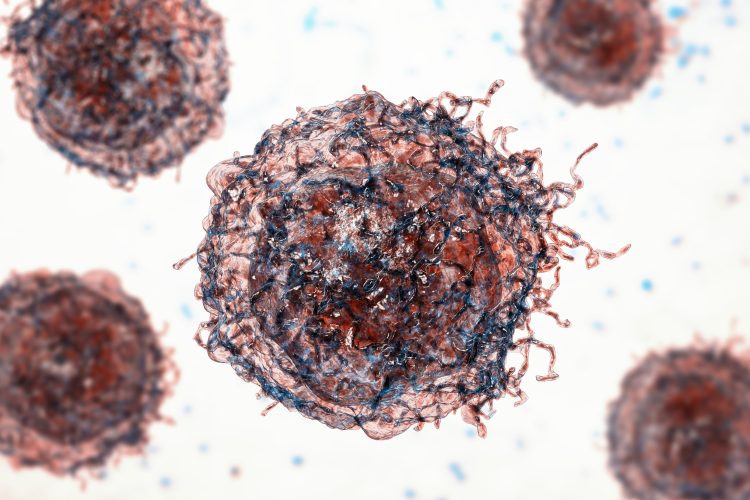Potential for personalised, molecularly guided UTUC treatments
Posted: 20 March 2024 | Drug Target Review | No comments yet
The findings from DNA and RNA sequencing in primary and metastatic UTUC tumours could lead to strategies to improve patient outcomes.


Scientists from Weill Cornell Medicine have performed the most comprehensive analysis to date of upper tract urothelial carcinoma (UTUC). The team compared the characteristics of primary and metastatic tumours, which provided novel insights into the biology of these aggressive cancers and potential ways to treat them.
Compared to bladder tumours, UTUC tumours are rare and account for five to 10 percent of all urothelial cancers. Regarded as relatively aggressive, metastatic UTUC tumours are especially difficult to treat successfully. In a previous, widely cited 2019 study, Dr Bishoy Faltas and his colleagues elucidated the molecular details of primary UTUC tumours. However, the characteristics of metastatic tumours that have already spread to distant organs are much less understood.
UTUC tumour microenvironment
In the new study, the scientists built on this research, using DNA and RNA sequencing to map the gene mutations and gene activity patterns in 44 primary and metastatic tissue samples. They also employed a newer technique named Imaging Mass Cytometry, with funding from the Cornell Center for Immunology. This technique labels key surface proteins on individual cells in the samples, enabling detailed, cell-by-cell identification and spatial mapping of cell types.
Dr Juan Miguel Mosquera, professor of pathology and laboratory medicine and director of research pathology in the Englander Institute for Precision Medicine at Weill Cornell Medicine commented: “The Imaging Mass Cytometry allowed us for the first time to explore the spatial relationships between tumour cells and other cells such as immune cells that make up the UTUC tumour microenvironment.”
One significant finding was that the molecular subtype of these UTUC tumours is mostly stable during the evolution from the primary to the metastatic stage. This indicates that oncologists treating UTUC patients could be able to frequently use analyses of primary tumour samples for molecular subtype-guided treatment of metastases. Dr Mosquera added: “This dataset we generated provides unique insights into UTUC biology and should be an important resource for researchers and clinicians.”
The 2019 study had showed that primary UTUC tumours typically belong to a particular molecular subtype that also features a relative absence of T cells, suggesting immune suppression in the tumour microenvironment (TME). This was confirmed by the new analysis, which discovered that metastatic UTUC tumours in a given patient tended to have the same characteristics as the primary tumour.
Dr Faltas is a director of bladder cancer research in the Englander Institute for Precision Medicine, a member of the Meyer Cancer Center at Weill Cornell Medicine, and an oncologist at New York-Presbyterian/Weill Cornell Medical Center. He explained: “Frequently, we are unable to obtain sufficient biopsy tissue from metastatic tumours and have to rely on the molecular analysis of the primary tumour, so it’s important to know that the molecular subtype based on RNA expression is generally stable from the primary to the metastatic stages.”
He continued: “We were able to understand the contributions of different cell types to these molecular subtypes and how they evolve over the cancer’s natural history by analysing the protein expression of hundreds of thousands of single cells from these tumours.”
Improving patient outcomes
It was also seen that metastatic UTUC tumour cells had genetic mutations not found in the primary tumours. In patients undergoing chemotherapy, these differences were much greater, suggesting that chemotherapy could have induced mutations.
This study could lead to highly personalised, molecularly guided primary and metastatic UTUC treatment strategies, which will improve patient outcomes. Furthermore, the single-cell insights have the potential to accelerate the development of targeted therapies and immunomodulatory approaches.
This study was published in Nature Communications.
Related topics
Cancer research, Chemotherapy, Genetic Analysis
Related conditions
Cancer Research, upper tract urothelial carcinoma
Related organisations
Weill Cornell Medicine








